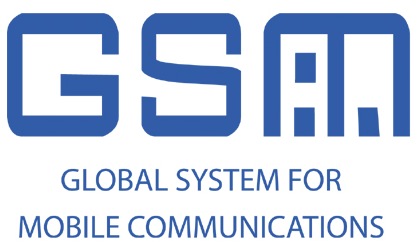What is the full form of GSMGSM: Global System for Mobile communicationGSM stands for Global System for Mobile communication. It is a standard developed by European Telecommunication Standards Institute (ETSI) to describe protocols for second generation (2G) digital cellular networks. It was a replacement for the first generation (1G) cellular networks. The idea of developing GSM originated from a cell-based mobile radio system at the Bell Laboratories in the early 1970s. GSM is an open, digital cellular radio network operating in over 200 countries worldwide. It uses narrowband time division multiple access (TDMA) technology. It covers almost complete Western Europe and growing in America and Asia. It is not only used for voice calls, it can also be used for data computing and sending text messages. A user can connect his GSM-enabled phone with his laptop to send or receive e-mails, faxes, browse internet, check security etc. 
The GSM standard operates on three different frequencies which are as follows:
Data applications supported by GSMGSM provides following functionalities when you connect your GSM phone with a computer system. Internet: GSM provides the most ubiquitous and robust wireless data connectivity to access the internet. Mobile Fax: With GSM, you can send and receive faxes to any place where GSM service is available. Secured LAN access: GSM provides secured access for corporate LAN. It encrypts the air links and provides additional security for confidential e-mails and faxes. Advantages of GSM
Disadvantages of GSM
Next TopicHIV Full Form
|
 For Videos Join Our Youtube Channel: Join Now
For Videos Join Our Youtube Channel: Join Now
Feedback
- Send your Feedback to [email protected]
Help Others, Please Share










